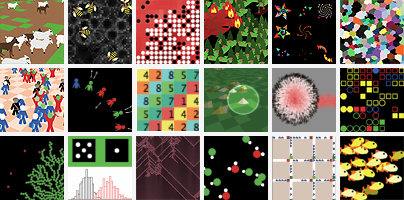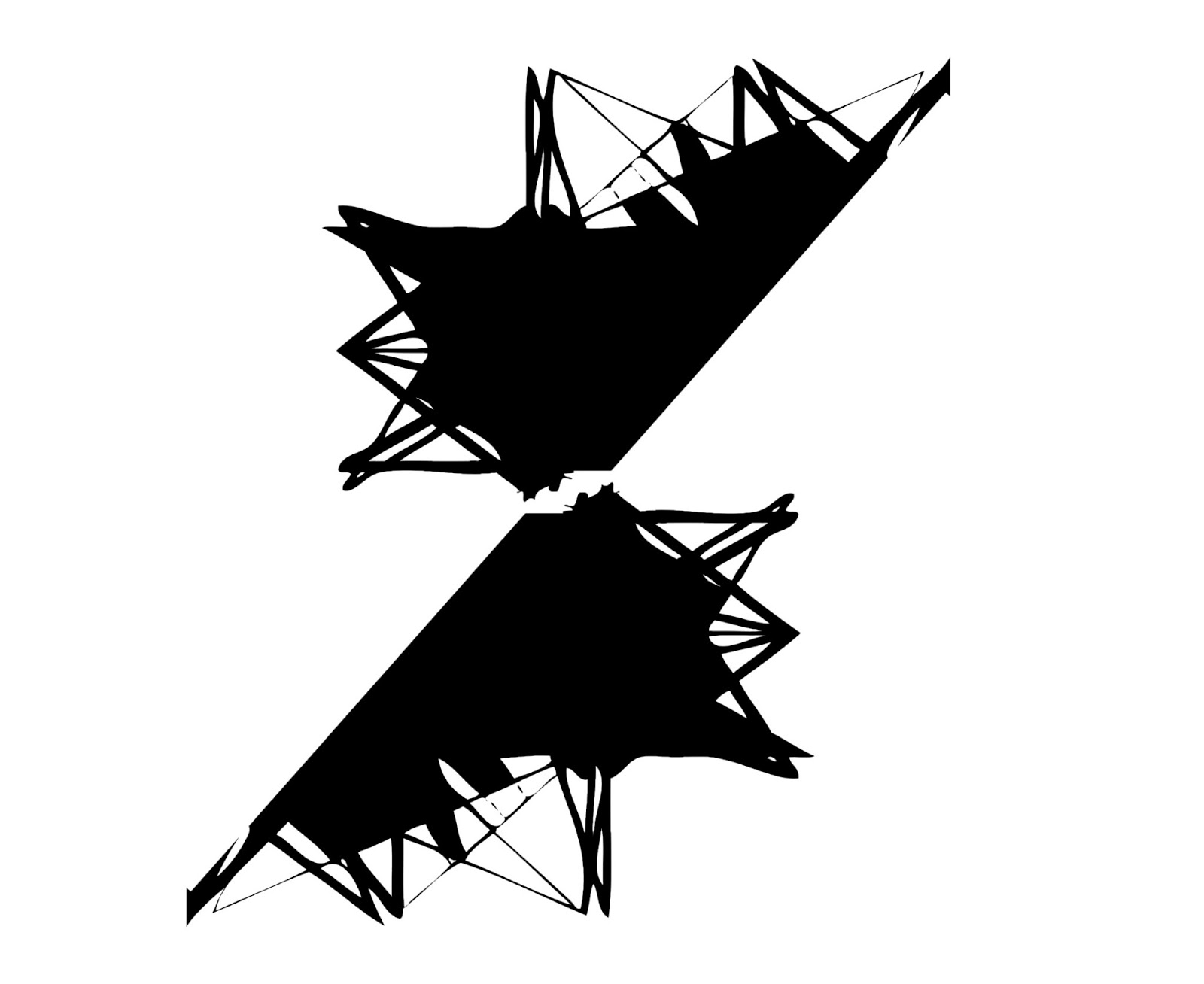
The initial forest cover was added to reflect the degradation caused by the conversion to farmland.

The concept describes the shape and topography of the farm using simplified square and ski-slope shapes.

For instance, the initial agricultural land cover pattern, which varies with each farm, was set to 30% rice field and 70% other farmland, based on a summary of North Korean land use. Unknown details and difficult-to-generalize attributes were addressed using abstraction and summarization techniques. The “Artificial North Korean Collective Farm” concept ( Figure 1) was developed by combining this information with abstraction and summarization. Despite these challenges, North Korea has continued to develop its nuclear weapons program, leading to further international tensions and sanctions. For instance, in the late 2010s, North Korean men in their 20s, who grew up during the famine, had an average height of 157 cm, which is 15 cm shorter than men in their 20s in genetically similar South Korea, China, and Japan. Furthermore, indicators related to human life, such as life expectancy and mortality, do not reach the level of the 1980s, before the famine. North Korea experienced a devastating famine in the 1990s that resulted in the deaths of millions of people. North Korea’s steep topography, with around 70–80% of the country being mountainous, and its colder and drier climate, categorized as Dw in the Köppen climate classification, have resulted in lower population support capacity compared to neighboring countries. The country covers an area of 120,540 km 2 and has a population of approximately 25 million people (2022 estimates). North Korea, officially known as the Democratic People’s Republic of Korea, is situated in East Asia and the West Pacific, bordering South Korea to the south, and Northeast China and Primorsky Krai of Russia to the north. Our agent-based model can be a useful tool for policymakers and researchers to explore potential solutions and inform risk management strategies. Our study provides insights into the complex adaptive system of North Korean agriculture and the critical points of famine risk. The scenario-based simulations show that additional food aid or import could delay the famine, but fundamental solutions are needed to break the vicious circle of land degradation and declining food yield. Our findings suggest that the famine in the model would occur around 35 years later, almost reflecting the 1995 famine in the real world. We calibrated the model using data from North Korea and simulated various scenarios.

The external factors reflect a land-use restriction policy, international trade (food aid), and climate change. The environment is set to multiple layers that represent the soil environment of the farm, affected by agents’ decisions. An agent is defined as a household that decides its labor allocation and land use by how much food it has. The model comprises the agent, environment, and external factors. The model concept reflects the general information of collective farms in North Korea, which was set in 1960, and the abstract of the social–ecological system of North Korean agriculture. This study aims to build an agent-based model to understand the risk of land degradation and famine in North Korea and explore potential solutions to mitigate this risk. North Korea experienced a catastrophic famine in the mid-1990s that resulted in millions of deaths.


 0 kommentar(er)
0 kommentar(er)
